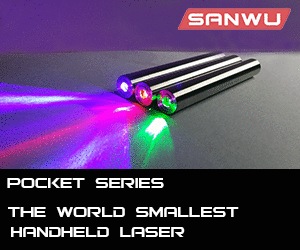TuhOz
0
- Joined
- Aug 23, 2011
- Messages
- 337
- Points
- 0
Hello,
I've been wondering this as I got my 445nm ready.
Strangely I couldn't find answer to this question.
So can I use a diode 445nm laser in -5C....-15C?
Can low temperature damage the diode/driver?
Winters are cold in Finland... so I want to know how much I can use it outside
Btw my laser is M140 diode w/ Flexdrive @ 1.2A
Thanks!
I've been wondering this as I got my 445nm ready.
Strangely I couldn't find answer to this question.
So can I use a diode 445nm laser in -5C....-15C?
Can low temperature damage the diode/driver?
Winters are cold in Finland... so I want to know how much I can use it outside
Btw my laser is M140 diode w/ Flexdrive @ 1.2A
Thanks!



